Polyrhythms are powerful tools in music that can layer your songs with different beats, enrich your tracks, and add complexity to your sound.
Plus, they help you stand out as a producer by bringing unique rhythms into your work.
So, as a music producer, it’s super beneficial to know all about polyrhythms to enhance your music production skills.
In today’s article, we’ll break down:
- What are polyrhythms ✓
- Different rhythms and how they combine ✓
- Basic rhythm units like quarter and eighth notes ✓
- The importance of cross-rhythms and cross beats ✓
- Techniques for creating polyrhythms ✓
- Western music theory basics ✓
- Working with an irrational rhythmic subdivision ✓
- Enhancing chord changes using polyrhythms ✓
- Applying polyrhythms in modern and traditional music ✓
- Building complexity with rhythmic layers ✓
- Incorporating polyrhythms in drum beats ✓
- More complex polyrhythms ✓
After reading this article, you’ll have everything you need to use polyrhythms in your own music so your tracks are more engaging and never predictable.
Plus, you’ll be able to experiment all day to uncover unique sounds and create tracks like a true professional.
So, let’s dive in…
Table of Contents
What are Polyrhythms? Breaking it Down

Polyrhythms (a super interesting aspect of music theory) are two or more rhythms played simultaneously that typically do not derive from one another.
This can sound like multiple layers of rhythm playing at different speeds or beats 一 creating a complex and captivating texture.
The use of polyrhythms is not only popular in traditional African music and Afro Cuban music, but has also crossed over to morre modern genres.
To answer the question, ‘what are polyrhythms,’ it starts with recognizing the base rhythms, such as the common 3 against 2 polyrhythm.
This is where one part of the music follows a triplet pattern while another sticks to straight quarter notes.
This overall rhythmic phrase combo can create a sick interlocking pattern that enhances your track and bring the intrigue to a whole new level.
Mastering polyrhythms can lead to innovative soundscapes and a deeper emotional impact.
When you begin to experiment with polyrhythms, start simple by using your DAW to stack different rhythms.
This can be as simple as setting a loop of quarter notes on one track and layering a series of eighth notes or note triplets on another.
Listening to how these patterns interact will help you understand the push and pull characteristic of polyrhythms.
-
Pro Tip

Many iconic music pieces and modern music tracks use polyrhythms for an extra layer of complexity and interest.
Even simple rhythms can really bring some extra flavor.
For instance, the song “Afro Blue” popularized by John Coltrane or “I Would For You” by Nine Inch Nails showcase the use of polyrhythms that draws directly from African music traditions.
The lead drummer was crazy about them.
As you’re messing around with polyrhythms, check out how they can be used not just for complexity, but also to drive a song’s rhythm forward with simultaneous beats.
It will make things more engaging and dynamic.
Quarter Notes, Eighth Notes, and Beyond

3:2 Polyrhythm, with quarter notes/dotted quarter notes
When it comes to different rhythms, the topic of the conversation will most certainly include the basic units of musical time: quarter notes and eighth notes.
When it comes to polyrhythms, these notes can be the foundational pulses from which more complex patterns are created.
For example, a quarter note might provide a steady beat while, simultaneously, another instrument plays a syncopated pattern using eighth notes (or sixteenth notes).
You can experiment with these basics is by setting up a simple drum pattern where the bass hits on quarter notes and the snare on off-beats using an eighth note…
To step it up a notch, you can even introduce a 3 polyrhythm element, like a hi-hat playing irregular patterns such as quintuplet sixteenth notes.
Layering rhythms like this can create super textured sounds that challenge and intrigue your listener’s ear.
It doesn’t have to be just common polyrhythms that enhance the overall rhythmic feel 一 you can really push the boundaries.
By mastering the interplay between these simple beats and more complex layers, you can achieve a dynamic tension in your music unlike any other.
-
Pro Tip
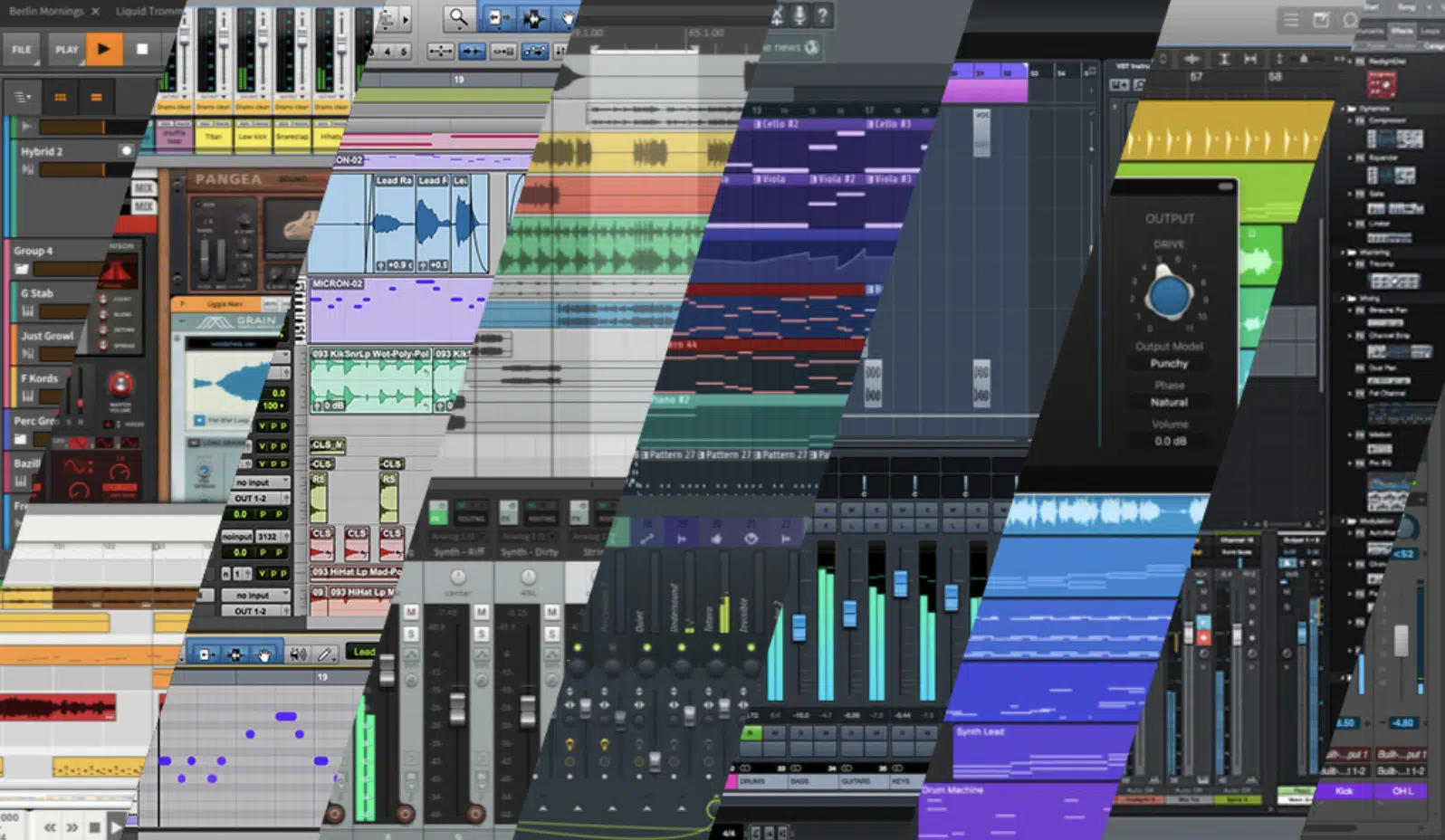
FL Studio or Ableton Live can help you visually manipulate these time signatures, as you’ll have a grid system where rhythms can be plotted and adjusted with precision.
A visual approach like this will help you understand how different notes fit together within the same basic pulse reference.
It will be much easier to develop polyrhythmic layers without losing track of the overall timing, which is super important when you’re trying to understand what are polyrhythms.
Polyrhythms To Enhance Your Music Production Skills (7 Expert Tips)
Now that you have a basic understanding of what are polyrhythms, let’s dive into 7 tips that can help you enhance your production skills. Plus, make your tracks more intriguing and professional with rhythmic madness.
#1. Using a Cross Rhythm/Cross Beats
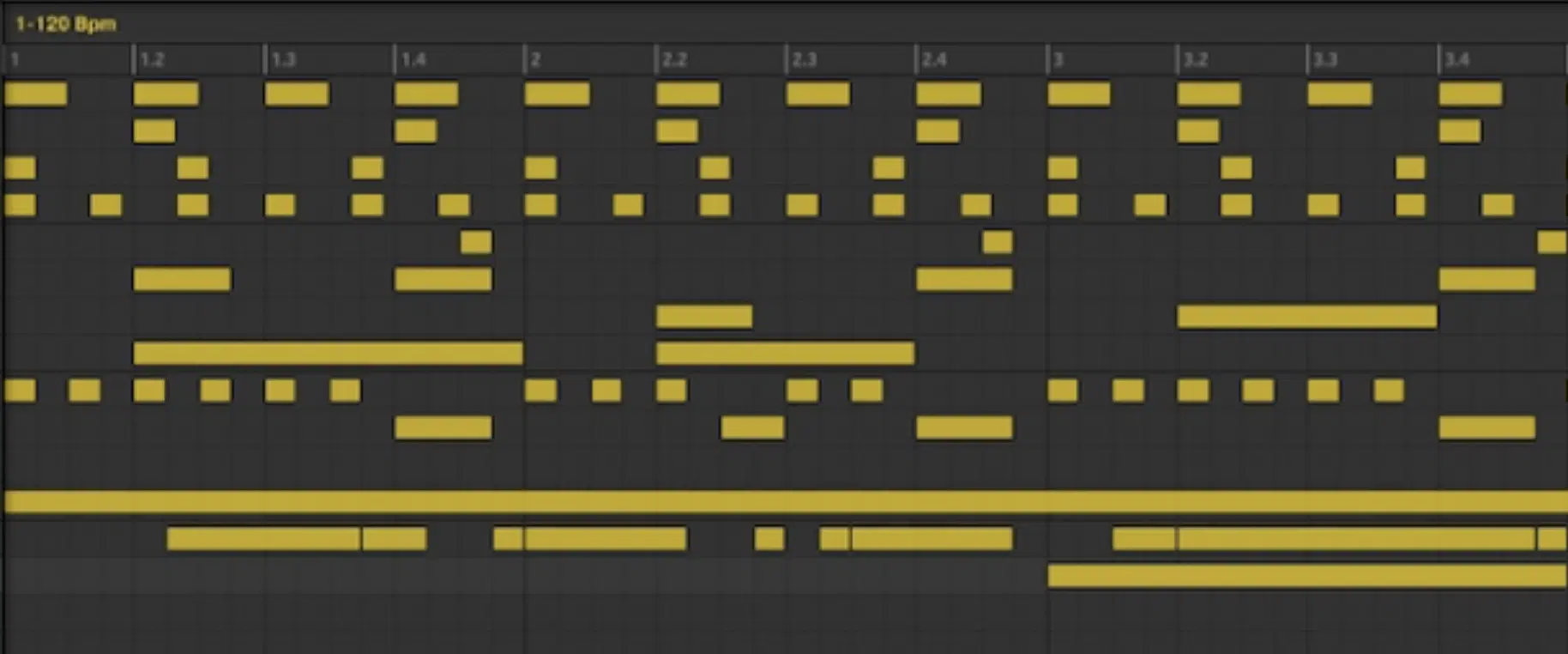
Cross rhythms are basically the essence of polyrhythmic music.
When you play a cross-rhythm, you’re setting up a pattern where the beats and accents of one distinct rhythmic feel/layer ‘crosses’ with another (hence the name cross-rhythm).
It will help you create vibrant and dynamic textures.
For instance, you might use a 3 against 2 polyrhythm 一 where for every three beats in one part, there are two beats in another.
Just picture a piano part where the left-hand plays three beats per measure and the right-hand plays two… like that.
It not only enhances the complexity but also the groove of your track.
Experimenting with cross beats (where different beats emphasize different parts of the measure) can significantly alter the feel of your track.
You might have a drum pattern emphasizing the off-beats while a bassline stresses the main beats, creating an engaging push-and-pull effect in your even music.
To help you play polyrhythms properly, a great exercise would be to try overlaying a:
- 4:3 polyrhythm
- Standard 4/4 drum pattern
Set up your metronome to keep the quarter notes steady, then manually tap out the three beats on a different percussion instrument.
This technique will help you really get a good feel for how cross rhythms feel and sound to enhance your understanding and fast-track the learning curve.
#2. How to Create Polyrhythms with Basic Pulse Reference
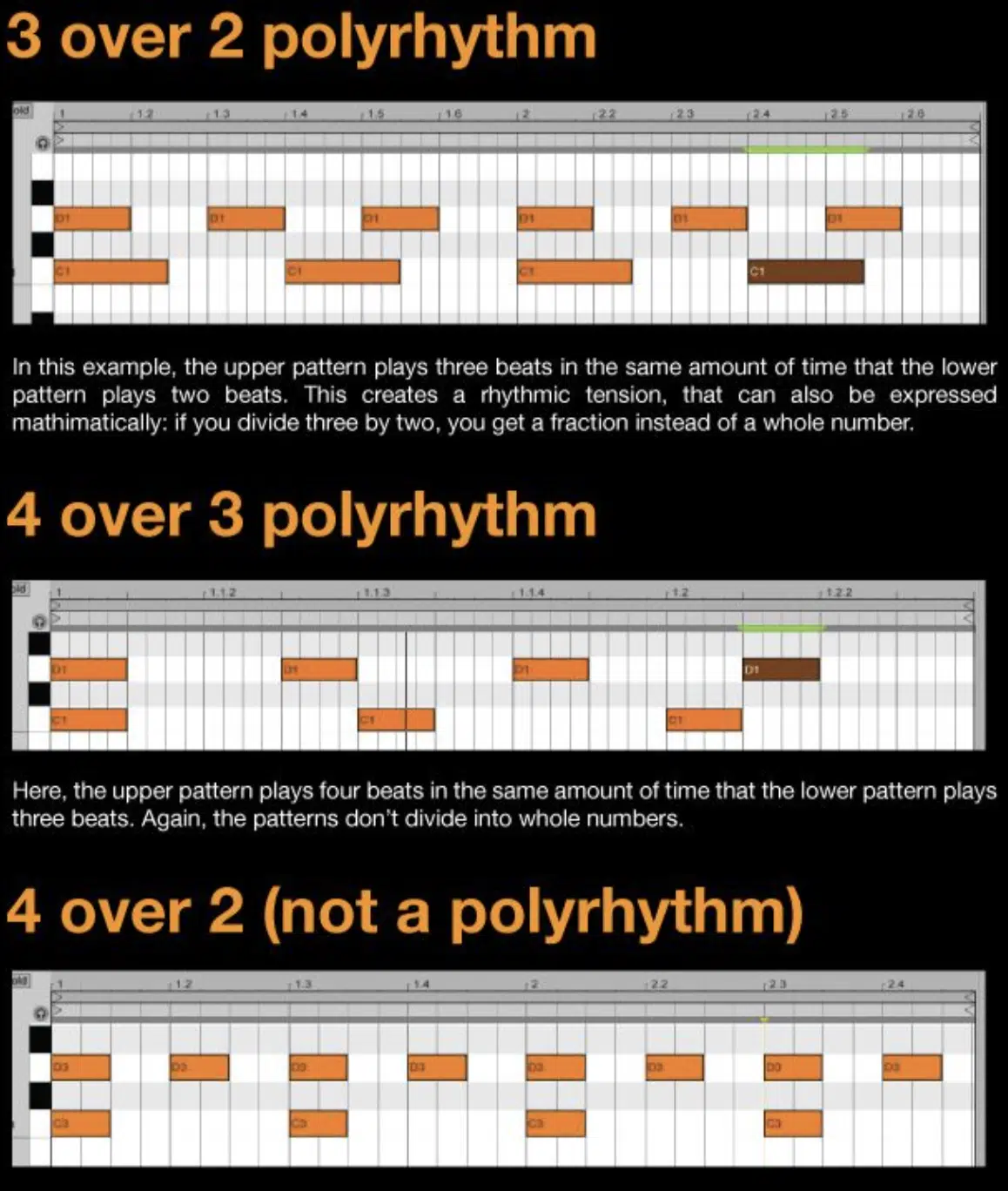
Starting with a basic pulse (or a steady beat) is a great way to begin layering polyrhythms and see their true magic.
This pulse serves as your reference point 一 making it easier to align and manage the different rhythms you introduce.
You can start with a simple drum beat playing steady quarter notes and then layer a more natural rhythmic phrasing spread with sixteenth notes.
It will help you maintain a clear structure while experimenting with more intricate rhythms.
-
Pro Tip

When you’re trying to master polyrhythms, understanding the meaning of ‘subdivisions’ and then learning different subdivisions is key.
A regular polyrhythmic subdivision, such as dividing each beat into three (triplets) or four (sixteenth notes), is commonly used to create a layered/composite rhythm effect.
For a more complex texture, you might consider a quintuplet subdivision, where each beat is divided into five equal parts.
It will give your rhythm an unusual and intriguing feel.
Examples of polyrhythms using these techniques can dramatically alter the pulse and feel of your piece.
Exploring other subdivisions, like septuplets or irregular patterns, opens up even more possibilities, as we touched upon.
Remembering the meaning of subdivisions might make things easier when you’re incorporating more complex rhythms (which is where the true fun begins).
#3. Enhancing Chord Changes with Polyrhythms

Polyrhythms can also help bring power and life to how chord changes get introduced.
By varying the rhythmic structure around chord transitions, you can create unexpected and captivating shifts in your songs.
For example, if you change chords every four beats, try overlaying a rhythmic pattern that changes every three beats…
This misalignment can create a subtle yet powerful tension and release that adds emotional depth to the rhythmic parts of your track.
#4. Using Rhythmic Layers to Build Complexity
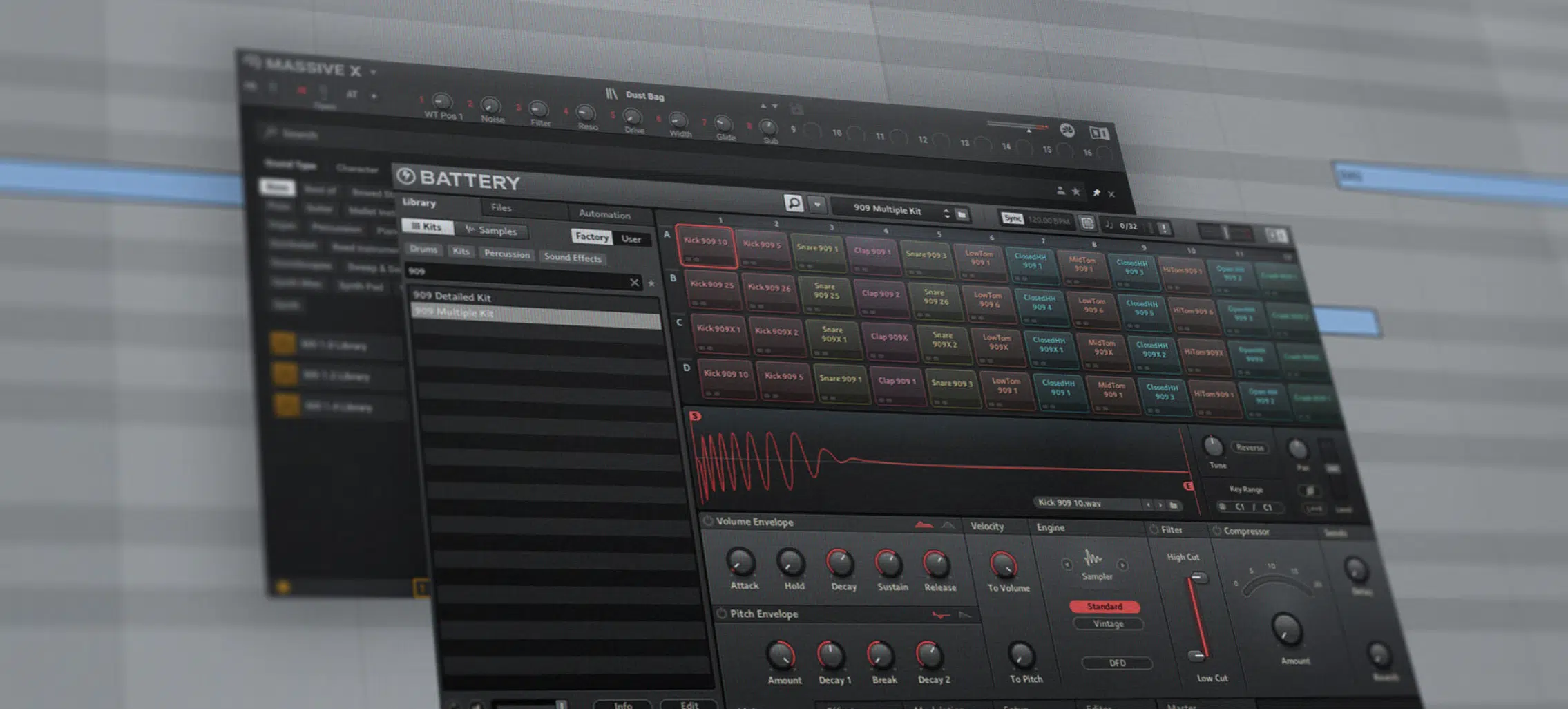
Building rhythmic complexity isn’t just about using more notes 一 it’s about how these notes interact across different layers.
You can start with a basic rhythm in one instrument and then gradually add layers with different rhythmic patterns.
For example:
- Layer a basic drum beat with a syncopated bassline
- Then add a main melody with a contrasting rhythmic pattern
This technique will allow each layer to contribute to fuller, more textured sounds.
The key to successful layering is to make sure each layer is unique and powerful on its own, yet works cohesively (think: team work makes the dream work).
It will prevent the sound from becoming overly chaotic, which happens more often than you think, especially when people are first learning what are polyrhythms.
This balance is key for keeping your music engaging and harmonious.
#5. Incorporating Polyrhythms in Your Drum Beats
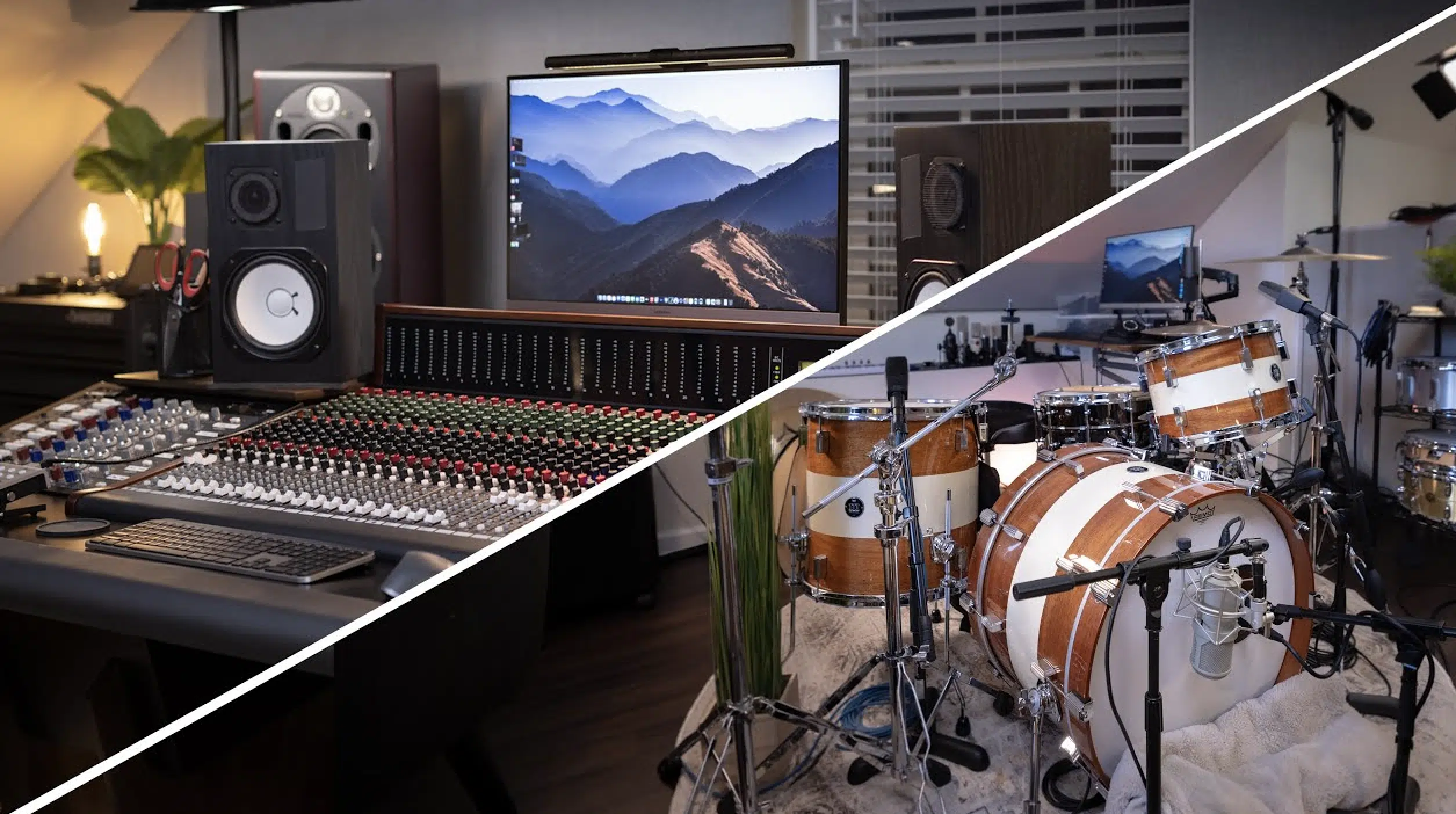
Drum beats are an excellent place to mess around with polyrhythms to help give your tracks a distinctive rhythmic feel.
Start with a straightforward rhythm on your kick drum, let’s say a regular four-on-the-floor pattern.
Layer this with a snare drum pattern that plays a different, more complex rhythm, like playing every fifth and seventh beat.
This setup creates a super cool interplay that can instantly grab a listener’s attention.
You could even throw in hi-hat patterns that contrast both the kick and snare or other percussion elements, by using faster subdivisions, such as sixteenth notes.
Or, even irregular patterns like quintuplets if you’re feeling froggy.
These hi-hats can weave through the kick and snare patterns 一 adding a high-frequency sparkle that makes the overall beat feel more fluid and alive.
-
Pro Tip
As you become more confident, experiment with placing these rhythms off the traditional beats to introduce syncopation.
For example, delay the snare hit slightly to fall off the typical secondary beats and fourth beats.
This technique can add a swing to your percussion beat that feels fresh and dynamic 一 pushing the boundaries of conventional percussion/drum patterns.
#6. Including Complex Polyrhythms in Your Tracks
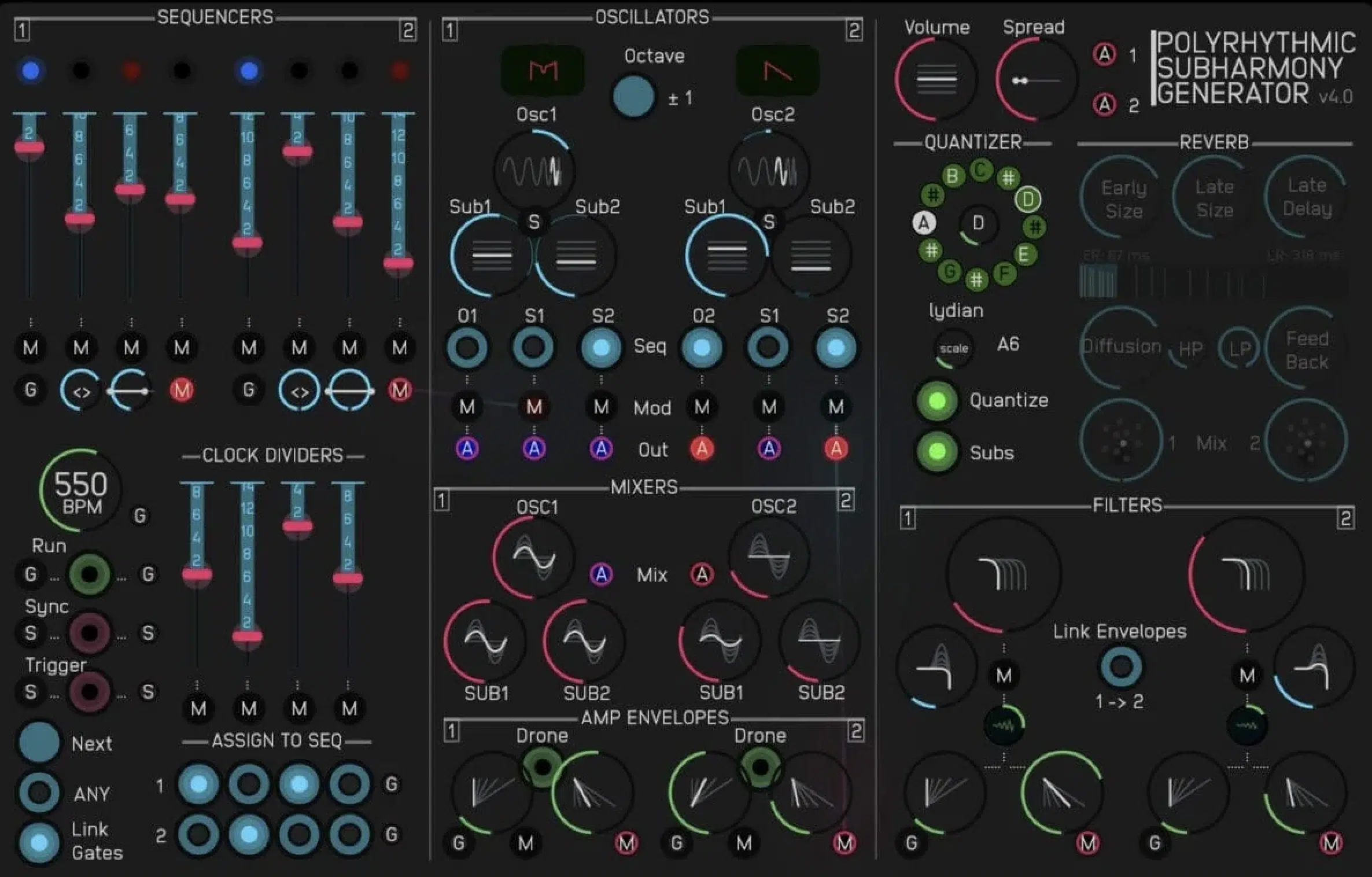
Once you’re confident, move on to more complex arrangements that span across several measures (remember, it’s all about pushing boundaries).
These extended polyrhythms can create a narrative in your music, building tension over a series of bars before resolving back into simple rhythms or a musical climax.
Try starting with a loop of a basic polyrhythmic pattern, such as a 4:3 polyrhythm in the bass notes.
Gradually layer additional elements on top, each with their own competing time signatures 一 like adding a melody line in 5:4.
It creates show-stopping sounds that will keep your listeners hooked.
Unlike a common polyrhythm, more advanced ones can seriously give you edge up when it comes to the rhythmic parts of your track.
Use automation to subtly change the dynamics of each rhythmic layer over time.
This could involve increasing the volume of one rhythm while decreasing another, or adding effects like reverb or delay to certain layers as the track progresses.
Dynamic changes like these can make people feel more interested.
-
Pro Tip

Don’t forget to try creating a polyrhythm that uses irrational rhythmic subdivisions, such as dividing a measure into seven or eleven equal parts.
This can be a little challenging but also rewarding…
When done correctly, it can help you uncover some truly unique (and epic) rhythmic patterns that set your music apart from the usual beats heard in mainstream tracks.
What are Polyrhythms: Final Thoughts
Polyrhythms, as you now know, are super versatile and dynamic.
They can add depth to your music and bring a unique rhythmic complexity that sets your tracks apart and blows the competition away.
Plus, when you master the art of polyrhythmic layering, it creates a sick sonic landscape that people go crazy over.
To help lose yourself in polyrhythms and really enhance your skills, you’ve got to check out the super impressive Free Essential MIDI Drum Kits pack.
It includes 5 complete MIDI drum kits 一 each designed to give you a wide range of rhythmic options to help you understand what are polyrhythms.
It’s perfect for experimenting and seeing where polyrhythms can take you.
Whether you’re layering kicks against off-snares to create contrasting rhythms or blending closed and open hats for a complex rhythmic pattern, it’s invaluable.
Plus, the flexibility of MIDI lets you get extra creative.
So, take this knowledge and these tools to play around with polyrhythms, creating tracks that really resonate and leave a lasting impression.
Until next time…







Leave a Reply
You must belogged in to post a comment.